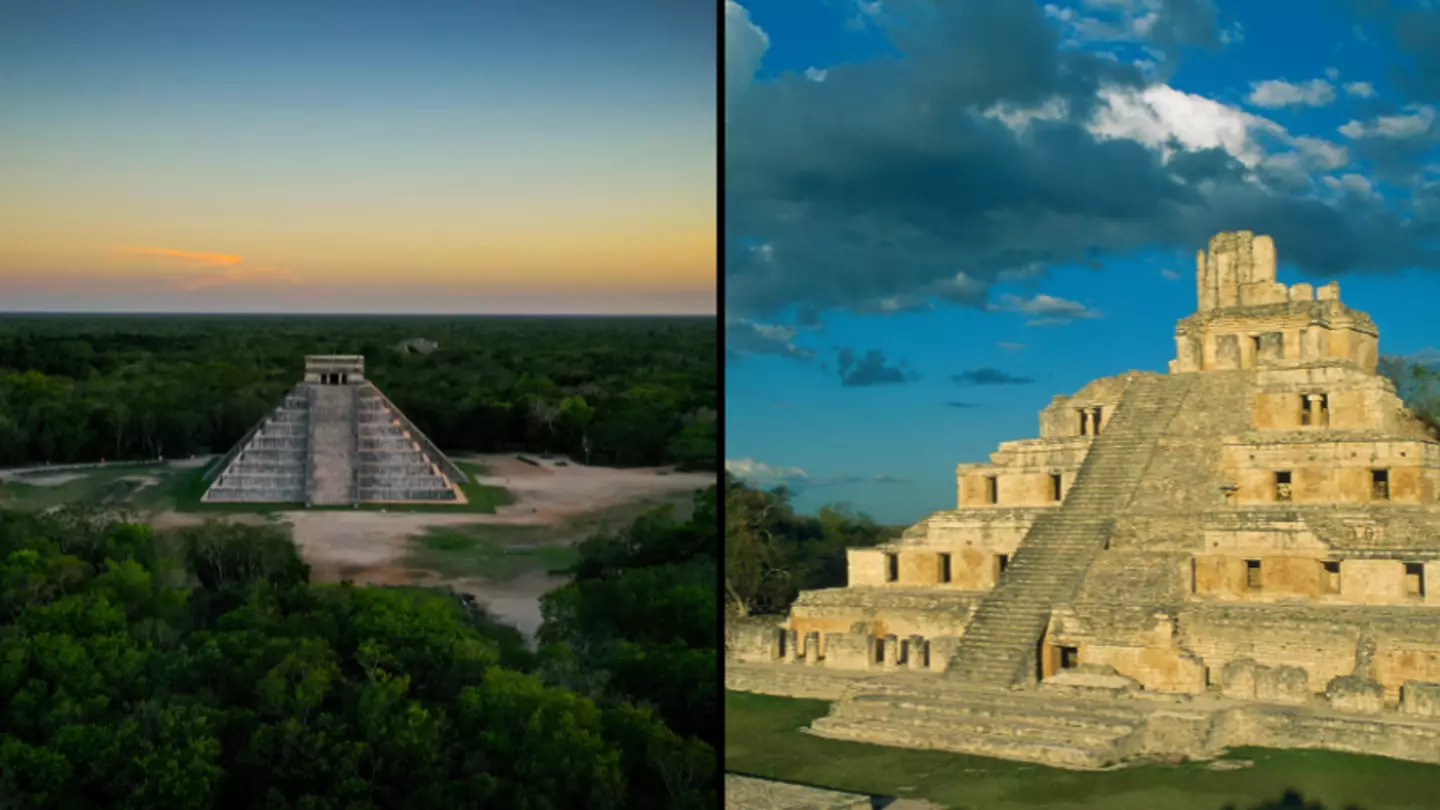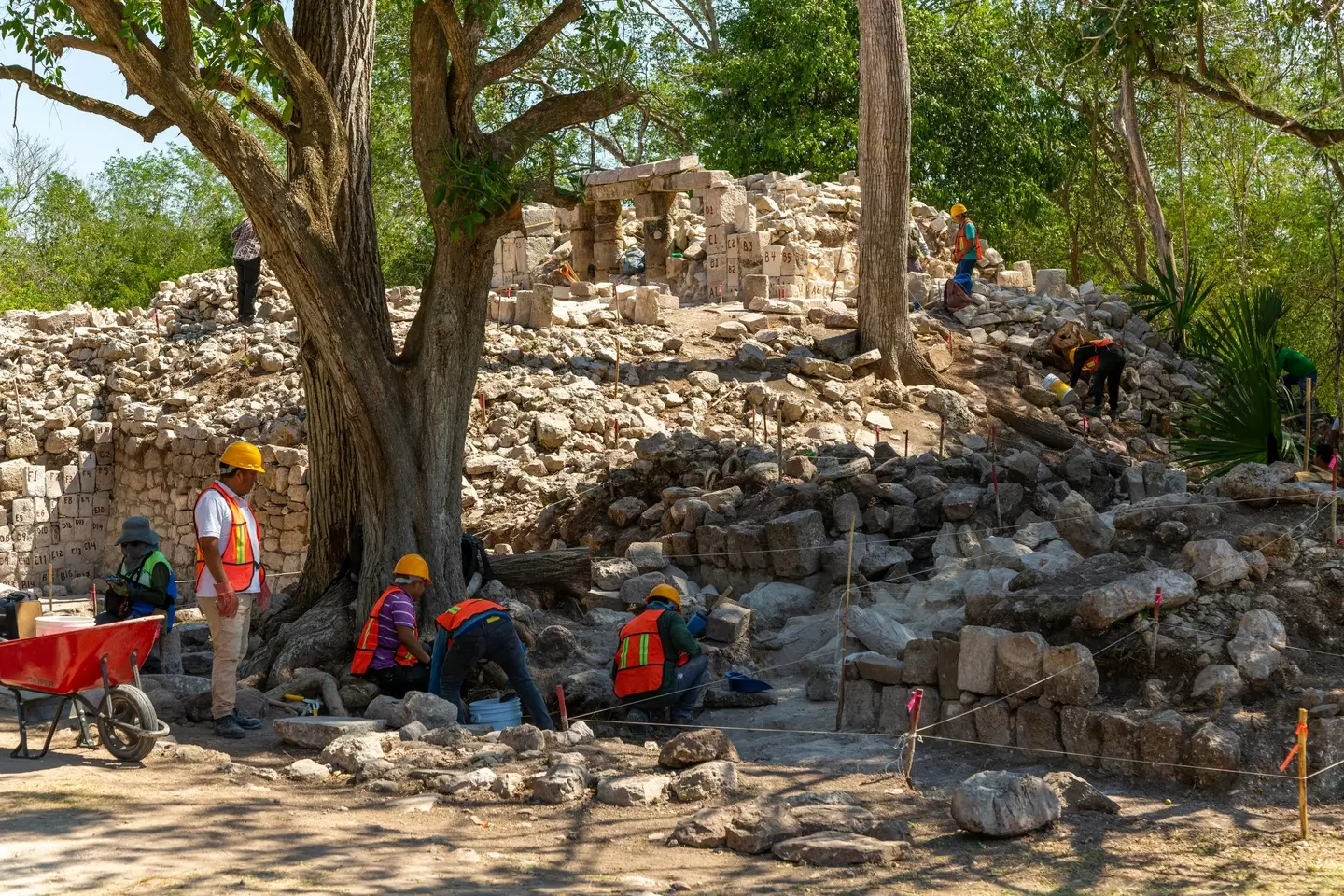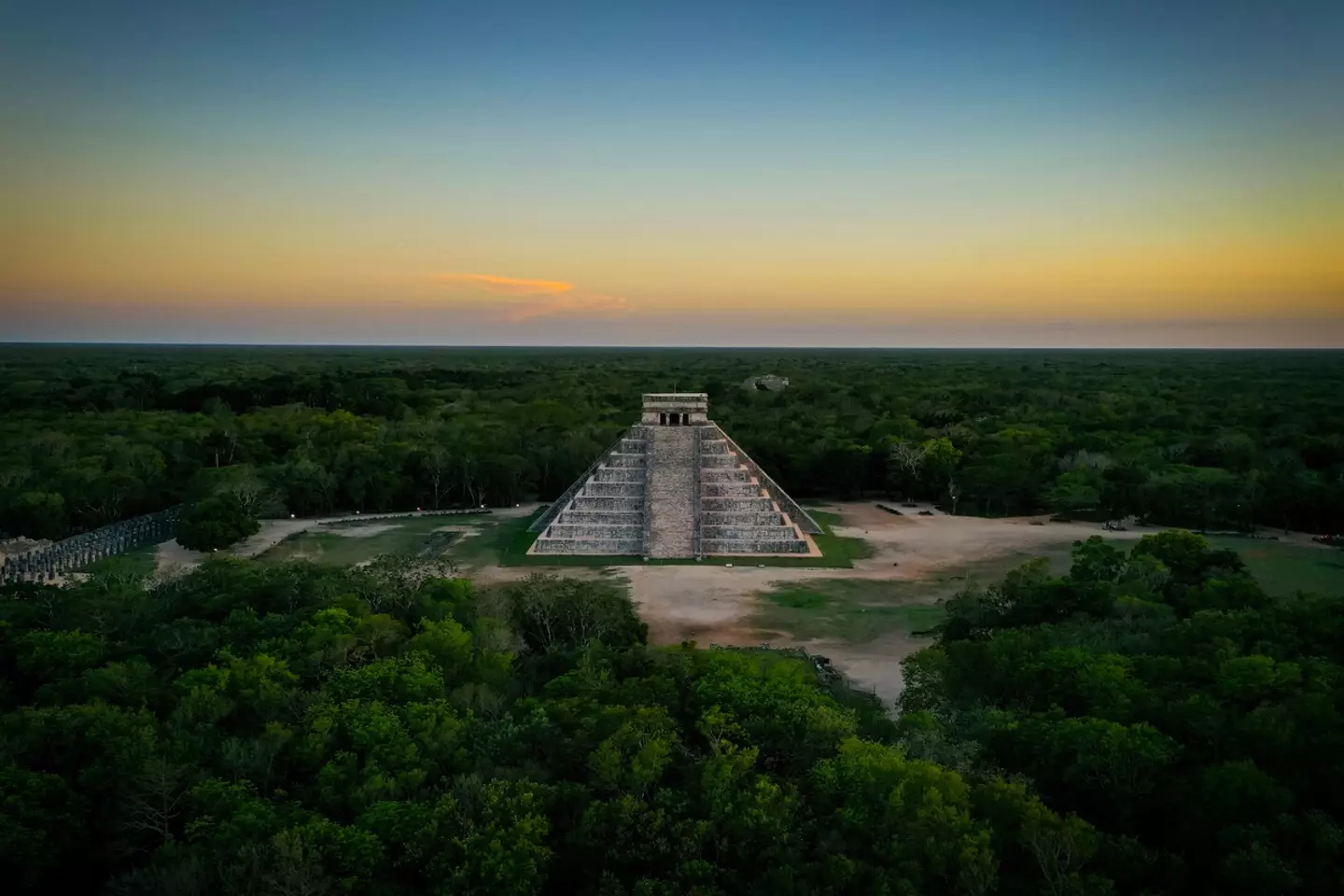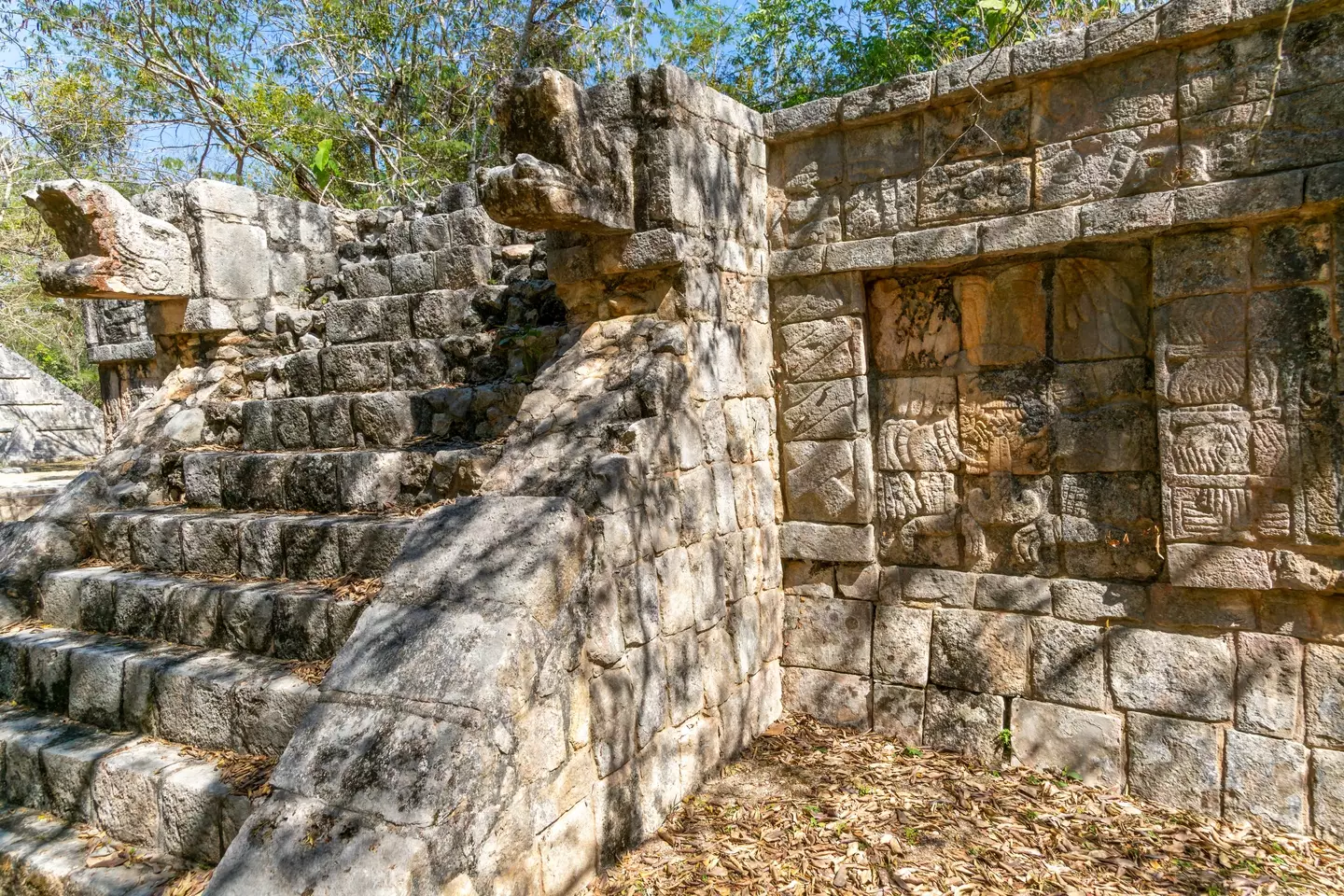The Mayans’ downfall should acts as a chilling warning

Throughout history many civilisations have risen and fallen, and when the end has come, it’s often been rather quick.
Whether through conquest, collapse, disaster or devastation, the number of civilisations which are no longer with us is staggering.
One of the people whose fall has been a subject of great interest are the Mayans, famous for scaring us all with the prospect of the world ending in 2012 because of their calendars.
They ended up pretty much vanishing from the history books, with a civilisation consisting of millions of people just kind of fading away until they were all gone, so what happened?
The urbanised lowlands of the Yucatan peninsula, like Tikal, decayed from bustling cities to ruins over a 100-year period – but nobody knew exactly why.
From educated guesses on what happened like war and pandemics to those who think alien invasion or supernatural forces were at work – we think we have an answer – and it’s making us feel a little uncomfortable.

Where did the Mayans go? (Geography Photos/Universal Images Group via Getty Images)
In his 2005 book Collapse, American geographer, historian, ornithologist, and popular science author, Jared Diamond put forward the theory that a prolonged drought was the final straw that made a remarkable civilisation crumble – and it was a disaster of their own making.
The hypothesis was put to the test with archaeological evidence and environmental data.
Results confirmed in 2012 that the collapse of an entire culture could be put down to a self-created environmental disaster.

The Mayans only had themselves to blame (Getty Stock Image)
One study found that chopping down too many trees to make way for farming and for fuel to cook the lime plaster for their breathtaking structures (it took a whopping 20 trees to produce just one square meter of cityscape), led to the land having a reduced ability to absorb solar radiation.
This meant less water evaporated, meaning fewer clouds and 5-15 percent less rain over the course of a century.
A study published by researchers from Columbia University used the cities’ booming population numbers and measurements of cleared land to run simulations on how this would have caused a drought.

There’s likely no singular reason why the Mayans disappeared, but studies have some good theories. (Geography Photos/Universal Images Group via Getty Images)
In turn that would have resulted in failed crops and a lack of trade for wealth, and ultimately the Mayans would have been forced to abandon their lowlands home to find food.
While all this science seems complex, the sophisticated Mayans knew what they were doing.
According to B.L. Turner, the lead author of one of the study, they knew all about how to survive in their environment and still continued the deforestation until their society was ruined. Sound familiar?
Climate modeller at the University of Nebraska, Robert Oglesby, who worked on the second study, says that our reshaping of the environment could also often have unintended consequences— like the deforestation currently happening in Guatemala, which the Mayans once called home.
A great civilisation destroying their environment and it having catastrophic consequences on their lives and homes until their very existence is threatened?
I wonder if there’s any lesson we can learn from this.
Additional words by Amelia Jones.
